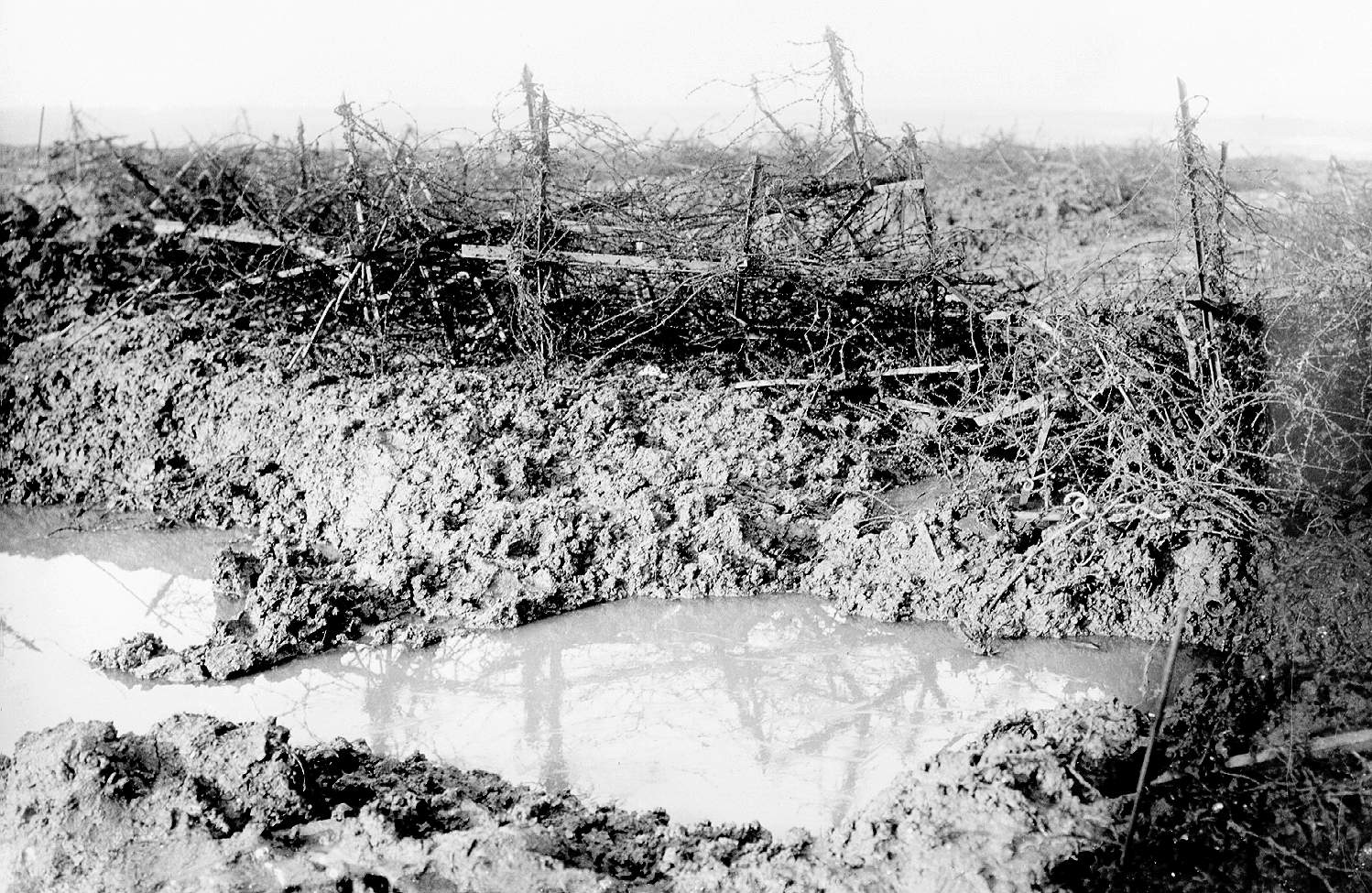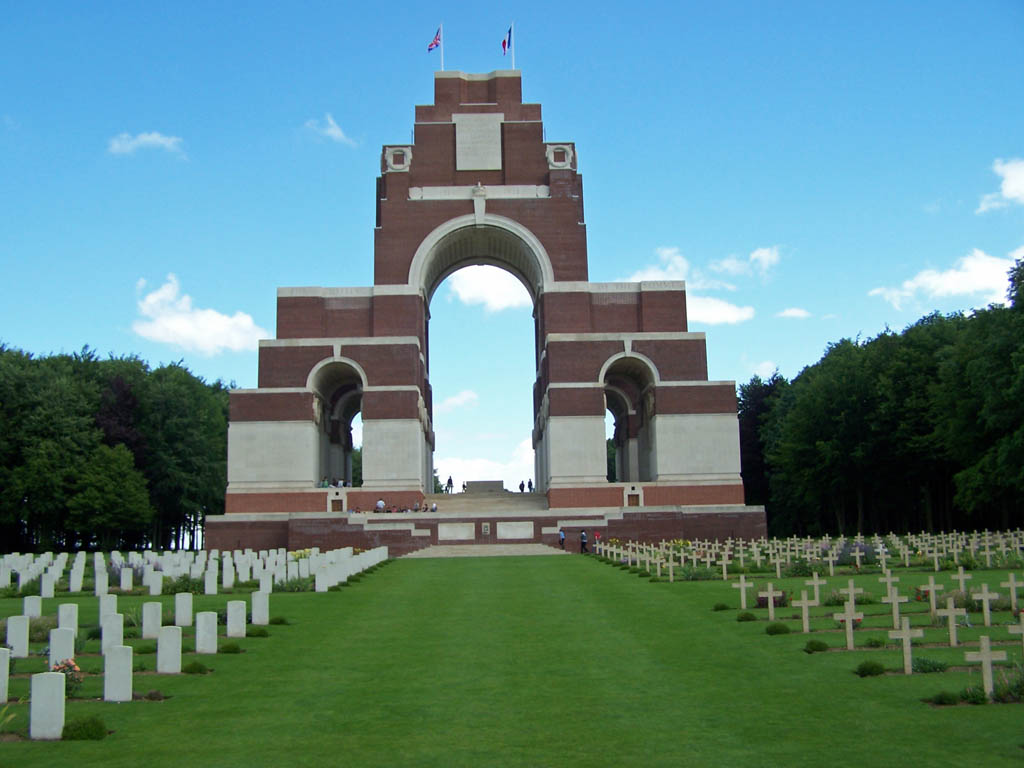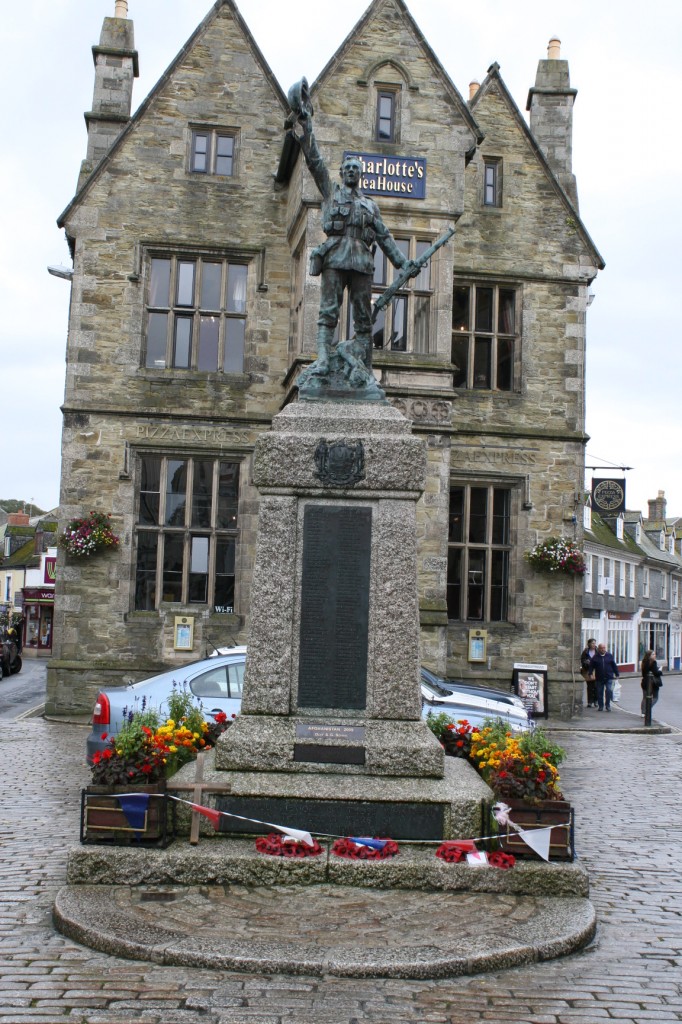
The gravestone of Edwin's paternal grandparents. Photo by David Martin from Find a Grave.

The gravestone of Edwin's parents. William died in his parents' home in Tomperrow, Chacewater.

The Australian
career and early death of William Carbis junior are
explained by an
obituary printed on
page 13 of the Northern Mining Register dated
Wednesday 18 November, 1891:
It is with
regret that we have to record the fact of the
decease of Mr William Carbis, the sad event having
taken place late last week, at his parent's
residence, near Chacewater, Cornwall. Mr. Carbis
was, until declining health caused him to resign the
appointment, the manager of the Mills' United Gold
Mines. He had previously held the position of
manager in other mines on the goldfield, and had
also carried through many large contracts. In all
his business relations he held the entire confidence
of the directors of the companies he represented,
and was popular with the miners under his control.
When Mr Carbis left Charters Towers some months ago,
in order to try the effect of a sea voyage; his
intention was to return, so his wife and children
remained here. His complaint, however, consumption,
being in no wise abated, he wrote for his family to
join him, and they accordingly left here about a
fortnight ago, and. are passengers by the Orizaba.
Poor Carbis had a host of friends, who lament his
loss, and deeply sympathise with his widow in her
sad bereavement.
The Northern
Mining Register was the
weekly edition of the daily Northern
Miner, published in Charters Towers,
Northern Queensland. There is a photo on that
Wikipedia page of the mines in 1890.





